



Marjorie Kinnan Rawlings
wrote extensively about the central, northern part of Florida, having spent a couple of years in the woods of Pat’s Island, just off of SR 19. In 1935 she lectured at Florida Southern College and spoke about the “Invisible Florida” after writing about the Florida Crackers for seven years.
This is a byway that requires visitors to get off the byway to discover its “hidden” beauty…the springs, rivers, creeks, forest trails, flowers and forests.
Marjorie Kinnan Rawlings came to the woods of north central Florida to retreat from a failing marriage, her life in the city life of St. Augustine and her previous years in New York City. It was here she found her voice and wrote her most memorable work. For two years she lived on Pat’s Island, just west of Silver Glen Springs on SR 19.
On Pat’s Island she met the Long family and roughed it with these people as she gathered stories that would become her Pulitzer Prize winning novel, The Yearling. Rawlings was meticulous in the cataloging of local customs and dialogue. It was this attention to detail and authenticity that gave such a genuine charm and realism to her novel. Many critics include her works in the class with Mark Twain and William Faulkner for her ability to capture a sense of place and Cracker Culture. Rawlings made her base of operations just north of the byway in Micanopy where she wrote Cross Creek.
This is a byway that requires visitors to get off the byway to discover its “hidden” beauty…the springs, rivers, creeks, forest trails, flowers and forests.

Dana Ste. Claire
Grew up in rural Virginia before moving to Texas in my teen years, so I heard the term “cracker” through media like television and movies, as well as in person occasionally directed at me—but often toward others. The term was always used to refer to a white person and always used in a pejorative manner. I honestly never took offense. I reasoned at an early age that white folk have many words that can disparage people of color that we certainly deserved our own. During a recent visit to St. Augustine during a vacation in Florida, I noticed the term being used a little more liberally. There was even a business—a restaurant—named the Florida Cracker Cafe, which made me wonder instantly about the origin of the name for another, more famous restaurant: Cracker Barrel. It was in St. Augustine, while browsing the artifacts on display in the Visitor’s Center that I happened upon Dana Ste. Claire’s book, Cracker: The Cracker Culture in Florida History. I had to know more.
Dana Ste. Claire is currently the director of the Heritage Tourist Department in St. Augustine, FL. At the time Cracker went to press, he was Curator of History at The Museum of Arts and Sciences in Daytona Beach. As a professional archaeologist, he also served (or may still serve) as Chair of the Secretary of State’s Historic Preservation Advisory Council in Tallahassee. He’s also the author of True Natives: Florida’s First People, and his expertise in Florida cultures emerges effortlessly in Cracker.
Although he’s an archaeologist, Ste. Claire doesn’t spend much time on archaeological aspects of exploring Cracker culture. His primary focus is on its history, including several possible origins of the term “cracker,” and on providing an ethnographic perspective. There are, however, several pages of architectural diagrams, sketches, and photographs of Cracker houses, structures, and artifacts one might expect to find on a Cracker site.
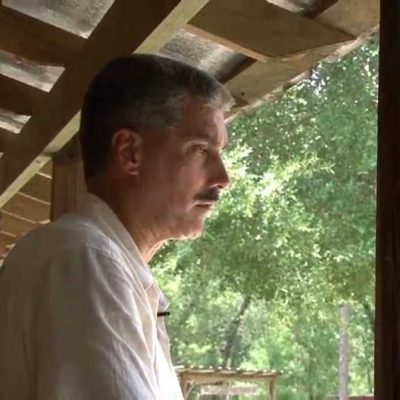

Today's Historians

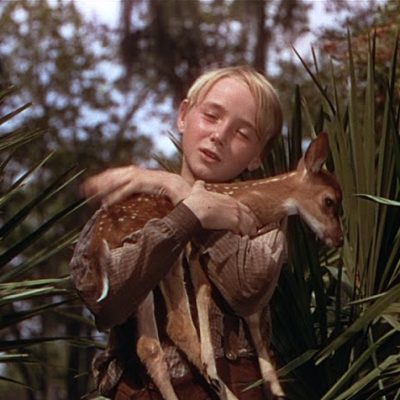
The Yearling
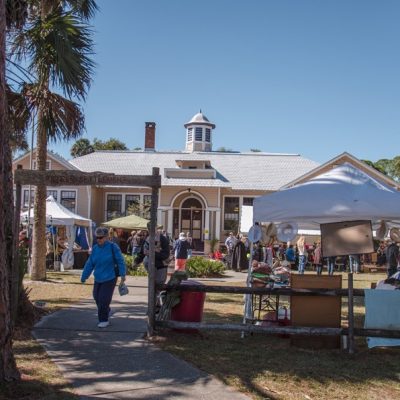
Pioneer Settlement Fall Jamboree
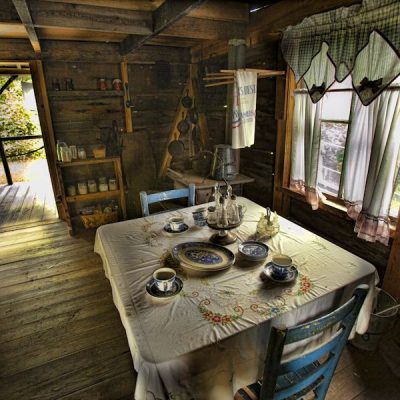
Cracker House Silver River Museum
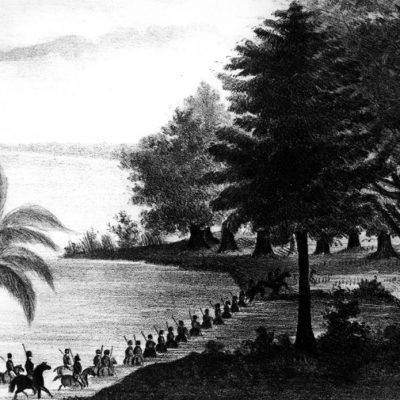
1800 Settlement